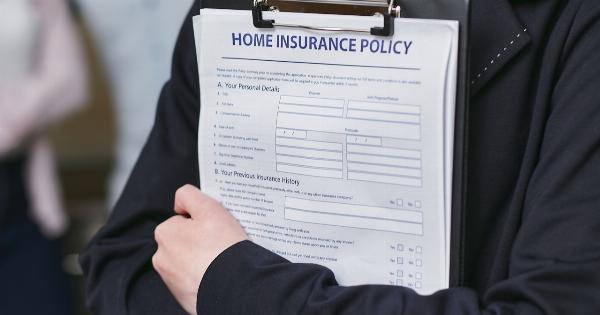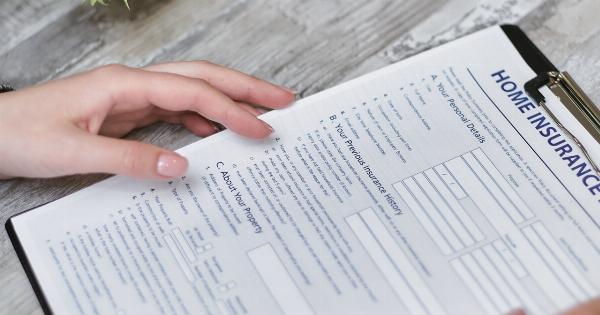When it comes to road accidents, the impacts can be devastating both physically and financially.
Insurance coverage plays a crucial role in alleviating the burden of these accidents, providing financial aid for repairs, medical expenses, and compensation for injuries. In this article, we will compare and analyze two road accidents and their insurance impacts, highlighting the importance of adequate coverage and prompt claims processing.
Accident 1: The T-Bone Collision
In the first accident scenario, we have a classic T-bone collision at an intersection. A driver, let’s call him Mark, proceeds through a green light without noticing another vehicle speeding through a red light from the opposite direction.
The impact is severe, totaling both vehicles and causing injuries to both drivers.
Mark, being the at-fault driver in this case, relies on his liability insurance coverage to provide compensation to the other driver for vehicle repairs and medical expenses.
Liability coverage is mandatory in most jurisdictions to protect others involved in accidents caused by the insured driver. In this case, Mark’s insurance company will handle the claims process, negotiate settlements, and potentially provide legal representation if the other driver decides to sue for additional damages.
On the other hand, Mark’s own vehicle damage and medical expenses will not be covered by his liability insurance. Mark needs additional coverage, such as collision and comprehensive insurance, to ensure his own expenses are covered.
By filing a claim with his insurer and paying the applicable deductibles, Mark can have his vehicle repaired and receive compensation for medical bills up to the limits of his coverage.
Accident 2: The Rear-End Collision
In the second accident scenario, we have a rear-end collision on a busy highway. Janice is driving behind another vehicle, distracted by her phone, and fails to notice the sudden stop ahead.
As a result, Janice’s vehicle collides with the rear of the other vehicle, causing substantial damage to both cars and whiplash injuries to the occupants.
In this case, Janice is at fault for the accident due to her distracted driving. She will be responsible for the damages to the other vehicle and the medical expenses of the injured occupants.
Janice’s liability insurance coverage will handle these claims, just like in the previous accident scenario. However, if the damages and medical expenses exceed the limits of Janice’s liability coverage, she may be personally liable for the additional costs.
To protect herself and her vehicle, Janice should have collision and comprehensive insurance coverage.
By filing a claim with her own insurer, she can ensure that her vehicle repairs are covered and receive compensation for her medical expenses within the limits of her coverage. However, Janice may still have to pay applicable deductibles as specified in her insurance policy.
Insurance Impacts and Considerations
Both accidents highlight the importance of having appropriate insurance coverage. Liability insurance coverage is crucial to protect against claims made by other parties involved in accidents caused by the insured driver.
It ensures that financial compensation is provided to cover damages and medical expenses, avoiding potential lawsuits and legal expenses.
While liability insurance protects others, collision and comprehensive insurance protect the insured driver and their own vehicle.
These coverages play a vital role in ensuring prompt repairs and medical compensation in case of accidents where the insured driver is at fault. Without adequate coverage, individuals may be left to bear the financial burdens themselves.
When selecting insurance coverage, it is essential to consider the following factors:.
1. State Requirements and Minimums
Each jurisdiction has specific requirements and minimum limits for liability insurance coverage. It is crucial to understand and meet these requirements to avoid penalties and potential legal consequences.
Failure to maintain adequate coverage can result in fines, license suspension, and even criminal charges in some cases.
2. Estimated Value of Assets
The value of one’s assets, such as vehicles and property, should be considered when determining the appropriate coverage limits.
In case of an at-fault accident, inadequate coverage could lead to personal financial liability beyond what insurance can cover. Increasing coverage limits can protect assets in such situations.
3. Deductibles and Premiums
Insurance policies often have deductibles that need to be paid by the insured before coverage kicks in.
Higher deductibles can help lower insurance premiums, but it’s important to ensure that the deductible amount is affordable in case of an accident. Balancing deductibles and premiums is crucial to find the right coverage for each individual’s financial situation.
4. Additional Coverage Options
There are various additional coverage options available that may be beneficial depending on individual needs and preferences. These include coverage for rental vehicles, roadside assistance, uninsured/underinsured motorists, and more.
Exploring these options and discussing them with insurance providers can help tailor policies to specific requirements.
Conclusion
Understanding the impacts of road accidents and the role of insurance coverage is vital for every driver.
By analyzing and comparing two accident scenarios, we have highlighted the importance of liability coverage for third-party damages and additional coverage options for one’s own vehicle and medical expenses. It is crucial to ensure compliance with state requirements, assess the value of assets, balance deductibles and premiums, and explore additional coverage options to obtain the most appropriate insurance coverage.





















